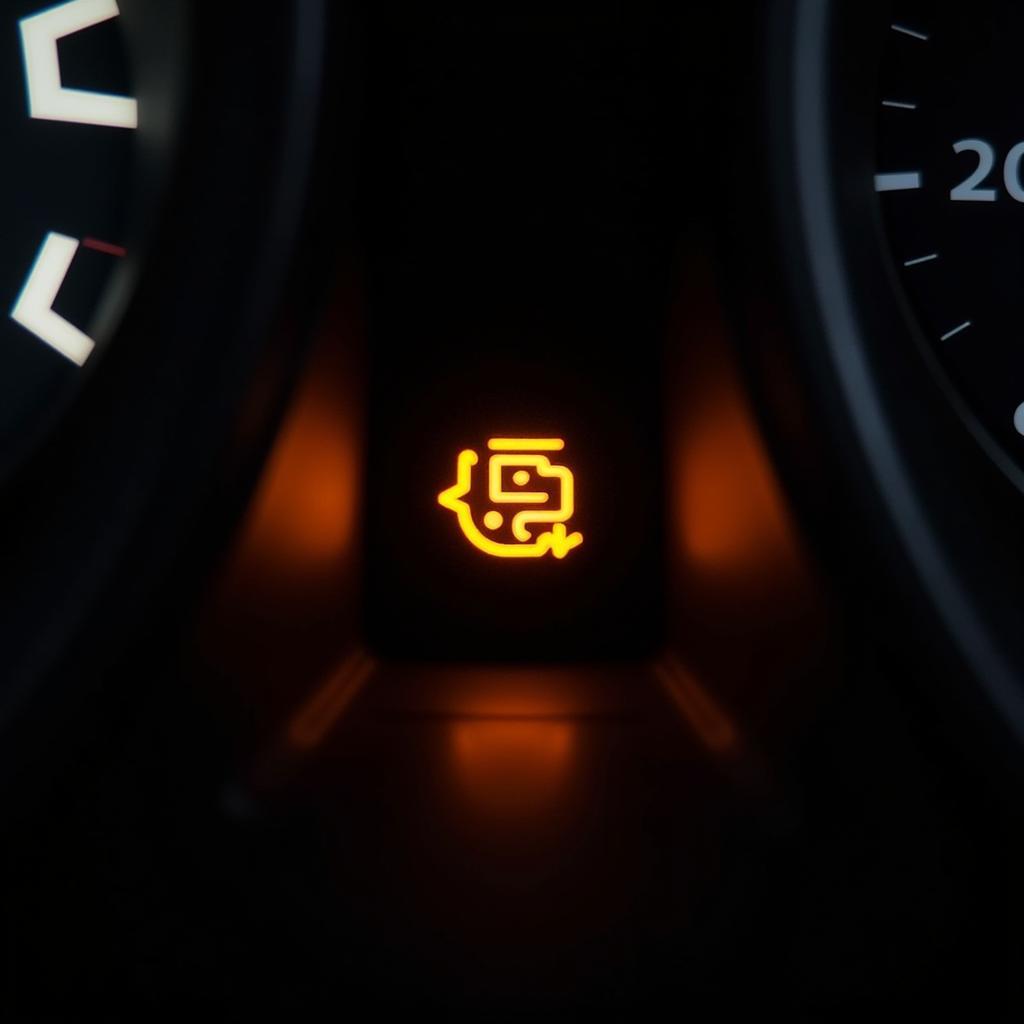A dead battery in your smart car can be frustrating, especially when you’re rushing to work or have errands to run. Unlike traditional cars, jump-starting a smart car can be more complex due to its electronic systems. This comprehensive guide explores common causes of a dead smart car battery and provides practical solutions to get you back on the road.
Common Causes of a Dead Smart Car Battery
Several factors can contribute to a dead battery in a smart car. Understanding these culprits can help you prevent future occurrences.
Parasitic Drain
Even when your smart car is turned off, certain electrical components continue to draw power, known as parasitic drain. While a small drain is normal, excessive drain can deplete your battery, especially if the car remains unused for extended periods. Common culprits include faulty interior lights, aftermarket accessories, and software glitches.
Extreme Temperatures
Extreme heat and cold can significantly impact battery life. High temperatures accelerate the chemical reactions within the battery, leading to faster self-discharge. Conversely, cold temperatures reduce the battery’s capacity to hold a charge.
Old Age
Like any battery, smart car batteries have a limited lifespan. Over time, the battery’s ability to hold a charge diminishes, eventually leading to a dead battery. Typically, car batteries last around 3-5 years, but driving habits, weather conditions, and maintenance practices can affect longevity.
Alternator Issues
The alternator plays a vital role in recharging the battery while driving. If the alternator malfunctions, it cannot provide sufficient power to keep the battery charged, leading to a gradual drain and eventual failure.
Troubleshooting a Dead Smart Car Battery
Before assuming a dead battery, it’s crucial to rule out other possibilities.
Check the Battery Terminals
Corrosion on battery terminals can hinder the flow of electricity, resulting in starting issues. Inspect the terminals for any white or greenish buildup. If present, clean them using a baking soda and water solution and a wire brush.
Jump-Starting a Smart Car
Jump-starting a smart car differs slightly from a conventional car. It often requires specific jump points and procedures to prevent damage to the sensitive electronics. Refer to your owner’s manual for instructions tailored to your specific model.
Using a Battery Charger
A battery charger can be a convenient option if you have time to spare. Connect the charger to the battery terminals and follow the manufacturer’s instructions. Ensure the charger is compatible with your smart car’s battery type and voltage.
Preventing a Dead Smart Car Battery
Prevention is always better than cure. Here are some tips to minimize the chances of experiencing a dead battery:
- Regularly drive your car: Frequent short trips prevent the battery from fully charging, so aim for at least one longer drive per week.
- Minimize parasitic drain: Turn off interior lights, disconnect unused accessories, and address any software glitches promptly.
- Park in shaded areas: When possible, park your car in a shaded area to minimize exposure to extreme temperatures.
- Battery Maintenance: Periodically check the battery’s health, including its voltage and electrolyte levels.
When to Consult a Professional
If you’ve tried troubleshooting the dead battery without success or suspect an underlying issue like a faulty alternator, it’s crucial to consult a qualified automotive electrician. They possess the expertise and tools to diagnose and repair the problem effectively.
Conclusion
A dead smart car battery can be an inconvenience, but understanding its causes and solutions empowers you to address the issue promptly and safely. By following the preventive measures outlined in this guide, you can significantly reduce the likelihood of encountering a dead battery in the future. Remember, a well-maintained battery is key to ensuring the smooth and reliable operation of your smart car.
FAQs
Q1: Can I jump-start my smart car from a household outlet?
Using a household outlet to jump-start a smart car is not recommended as it can damage the car’s delicate electrical system.
Q2: How long does it take to charge a dead smart car battery?
The charging time varies depending on the battery’s capacity, the charger’s amperage, and the battery’s discharge level. It can range from a few hours to overnight for a full charge.
Q3: Does a smart car battery drain faster than a regular car battery?
Not necessarily. Smart car batteries and regular car batteries have similar discharge rates. However, parasitic drain from electronics can be a more significant factor in smart cars.
Q4: Can I replace the smart car battery myself?
While it’s technically possible, it’s generally recommended to have a professional handle the battery replacement. Smart cars have intricate electrical systems, and improper installation can lead to complications.
Q5: What is the average lifespan of a smart car battery?
Like most car batteries, smart car batteries typically last 3-5 years. Factors such as driving habits, climate, and battery maintenance can influence their longevity.


